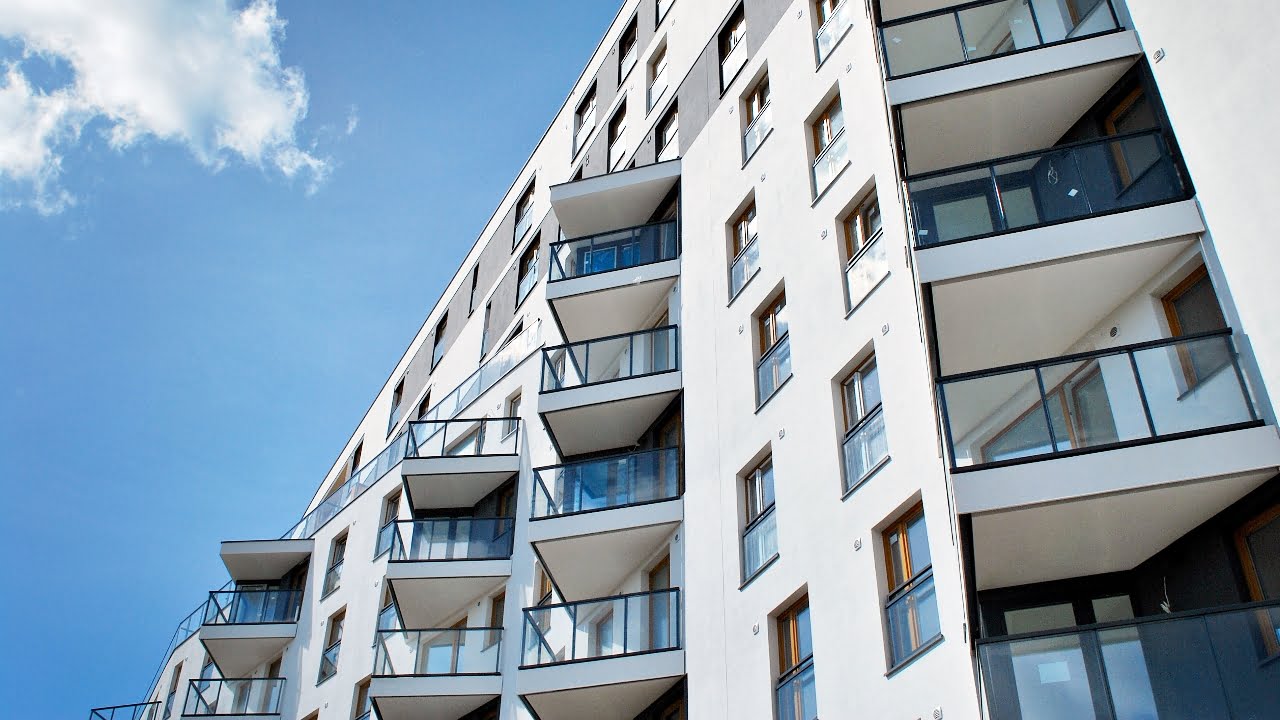The Building (Amendment) Regulations 2018 – SI 2018/1230 come into force on 21 December 2018 and introduce a ban on external wall materials that do not meet Euro Classification A2-s1, d1, A1 or better. This article considers what this means for current and future projects.
Following Dame Judith Hackett’s independent review into Building Regulations and Fire Safety, the National Housing Federation consultation laid the amended regulations before Parliament on 29 November 2018. The Government’s response to this has been a clear and unequivocal ban on all materials used in external walls that do not achieve Euro Class A2-s1, d1, A1 or better.
Departing from Approved Document B2, Schedule 1 B4, the Regulations provide new requirements and definitions.
External walls are defined as “anything located within any space forming part of the wall”, as well as external decoration, any windows and doors in the wall, and any part of a roof pitched at an angle of more than 70 degrees with general access. The Regulations also cover balconies and solar panels attached to an external wall.
The changes apply to buildings with a floor above 18 metres from the ground, used for residential purposes, as well as: student accommodation, registered care premises, hospitals and dormitories in boarding schools.
The Regulations will apply in the following circumstances: –
- Where any material is to become part of an external wall. This will apply to any project where external wall materials are to be used for the first time in new build construction or are to be replaced as part of a refurbishment project or cladding replacement programme; and/or
- Where the building is undergoing a material change in use to one of the above listed building types. This will be especially common for office blocks being converted into residential properties.
In both cases the materials used to become the external wall (or part of it) must be of Euro Class A2-s1, d0, A1 or better.
The Regulations also prohibit alternative routes to compliance. For buildings at 18m or over, it is no longer permissible to carry out a desk top study or to test to BS 8414 to achieve BR135 certification.
It is important to note that the new regulations are not retrospective. They do not require a change where none is planned, only where material is to become part of an external wall or where there is a material change of use.
The purpose of this ban is first and foremost the safety of occupants of the building. However, the regulations will also make compliance easier and clearer for designers, installers and Building Control.
For more information please contact Mark London or Matthew Cocklin.
